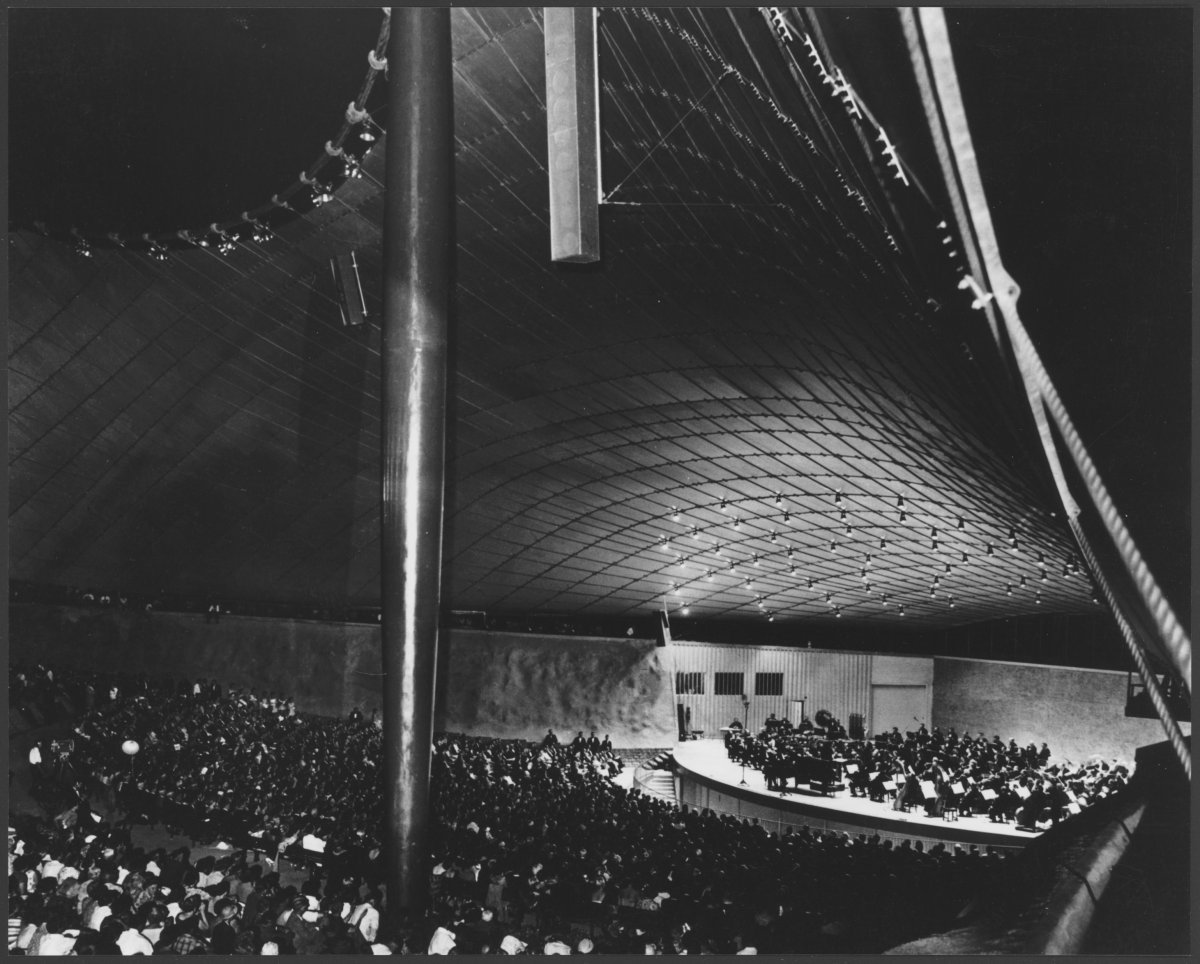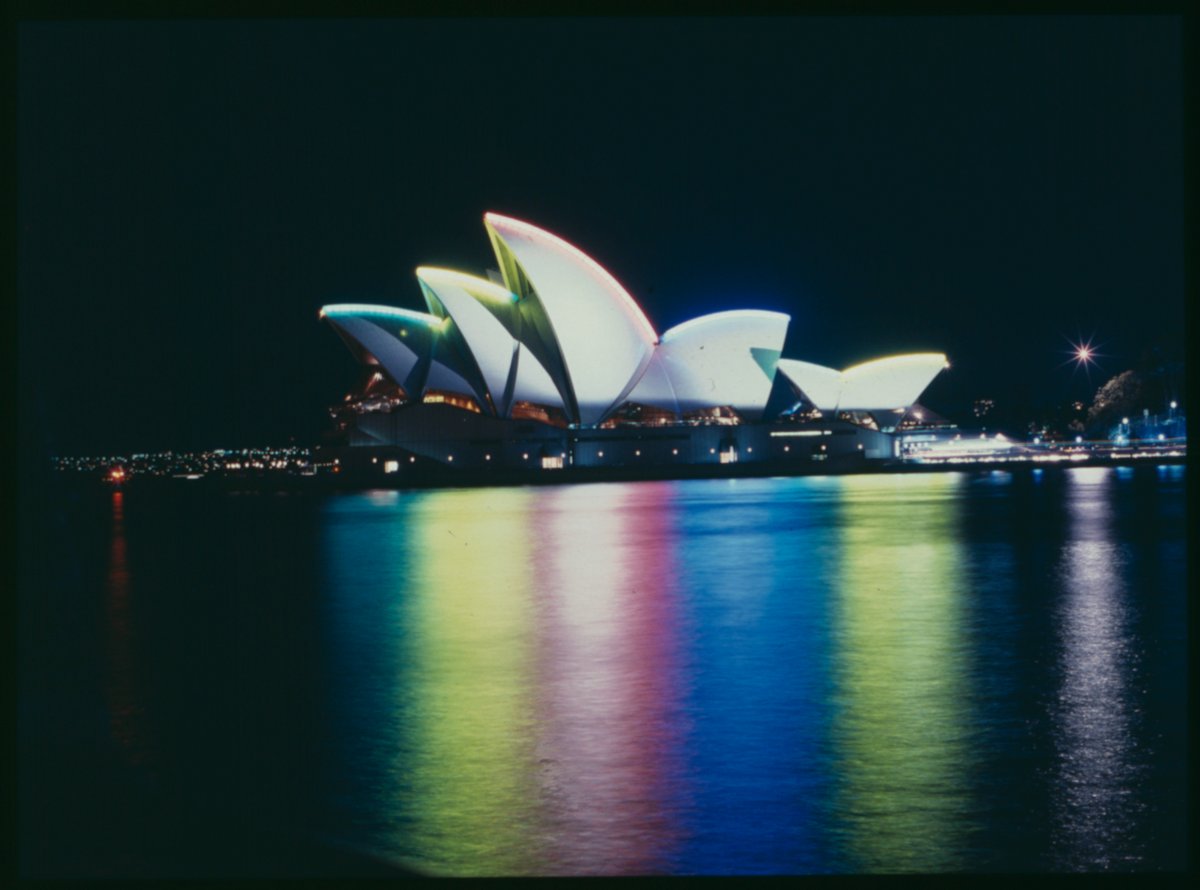Drama in Australia is celebrated at all levels of skill and involvement. From children’s theatre groups to suburban repertory playhouses, amateur theatre flourishes. Professional actors have found success on both the local and international stage through theatre and film.
Australian First Nations Stories

McFarlane, Robert, 1942-. (1988). Playwright Bob Maza, Belvoir Street Theatre, Sydney, New South Wales, 1988 / photograph by Robert McFarlane. http://nla.gov.au/nla.obj-277046507
Aboriginal and Torres Strait Islander peoples have long used performance to express and share their culture and stories. In contemporary theatre, traditional Indigenous performance elements have been woven with international performance styles and elements to create a new way to tell Australian Indigenous stories.
The National Black Theatre or Black Theatre (Sydney) was a theatre group formed by Paul Coe, Lester Bostock, Gary Foley and Jenny Sheehan. The group invited Bob Maza from Melbourne to join them and started to write plays with an Indigenous perspective. In 1974 the National Black Theatre secured government funding and opened an Art and Cultural Centre in a warehouse in Botany Street, Redfern. In 1977, the Centre closed due to lack of funding but the National Black Theatre continued to influence and inform other Indigenous theatrical initiatives. In 1987 the First National Black Playwrights’ Conference was held under the artistic directorship of Brian Syron, thanks to a push from people like Chicka Dixon, Gary Foley and Rhoda Roberts. Out of this came the Aboriginal National Theatre Trust (ANTT), established in Sydney in 1988.
Australian Actors

Donald, Will, 1883-1959. (1916). Oscar Asche as Chu Chin Chow [picture] / Will Donald. http://nla.gov.au/nla.obj-135504575
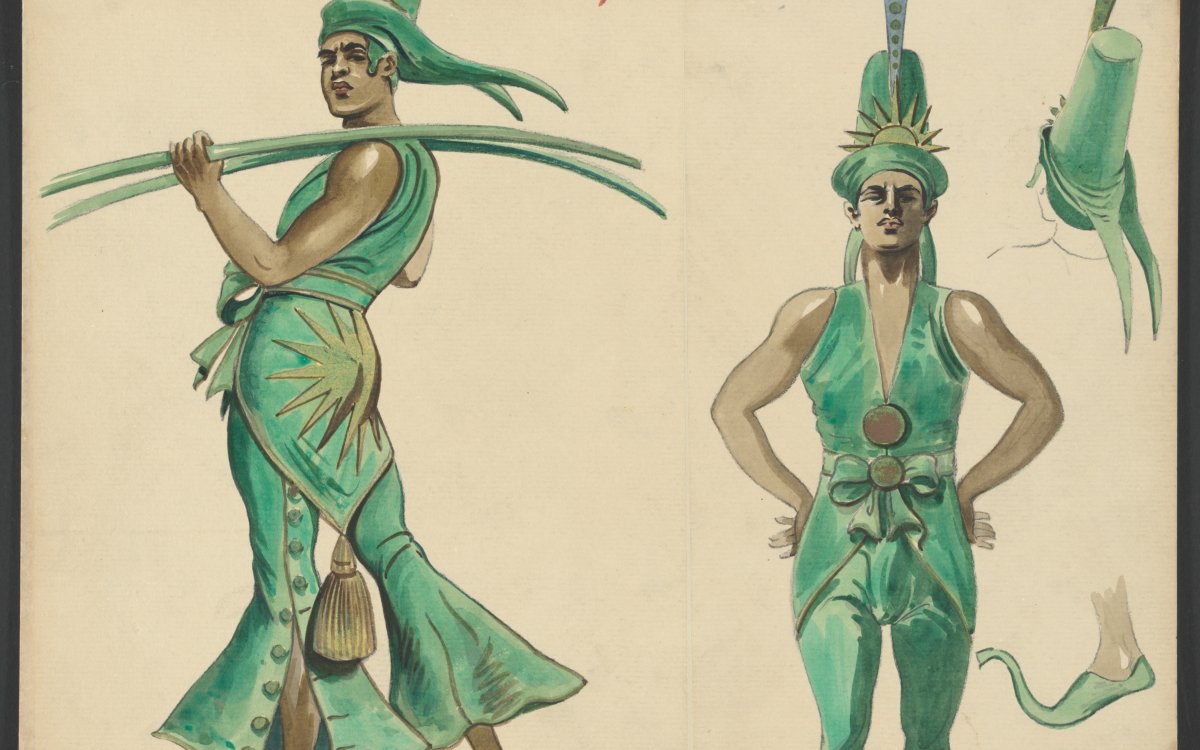
Anderson, Percy, 1850-1928. (1916). Costume design for two green chair carriers, Chu Chin Chow, His Majesty's Theatre, London, ca. 1916 [picture] / Percy Anderson. http://nla.gov.au/nla.obj-151546309
Australian actor Oscar Asche (1871–1936) became a Shakespearean actor in London. He continued his connection with Australia through popular tours. With his wife Lily Brayton, he produced highly successful plays such as Kismet (1911) and Chu Chin Chow (1916) a musical comedy based on the folktale Ali Baba and the Forty Thieves. With Asche in the title role, it played 2238 performances in London, making it the biggest success on the British stage during the First World War. He brought it to Australia in 1920, where it was just as popular as it was in London.

De Pinna, Herbert & Benjamin J. Fuller (Firm). (1914). Bunyip. http://nla.gov.au/nla.obj-166857021
Comedian Roy Rene was the most famous actors on the Australian vaudeville stage. Well known as an actor and comedian at the Tivoli theatres, he was famous for his timing and stage make-up. His most famous persona was Mo McCackie, a character he developed in 1916 with Nat Phillips. The pair, known as ‘Stiffy and Mo’, starred together in the popular pantomime The Bunyip.
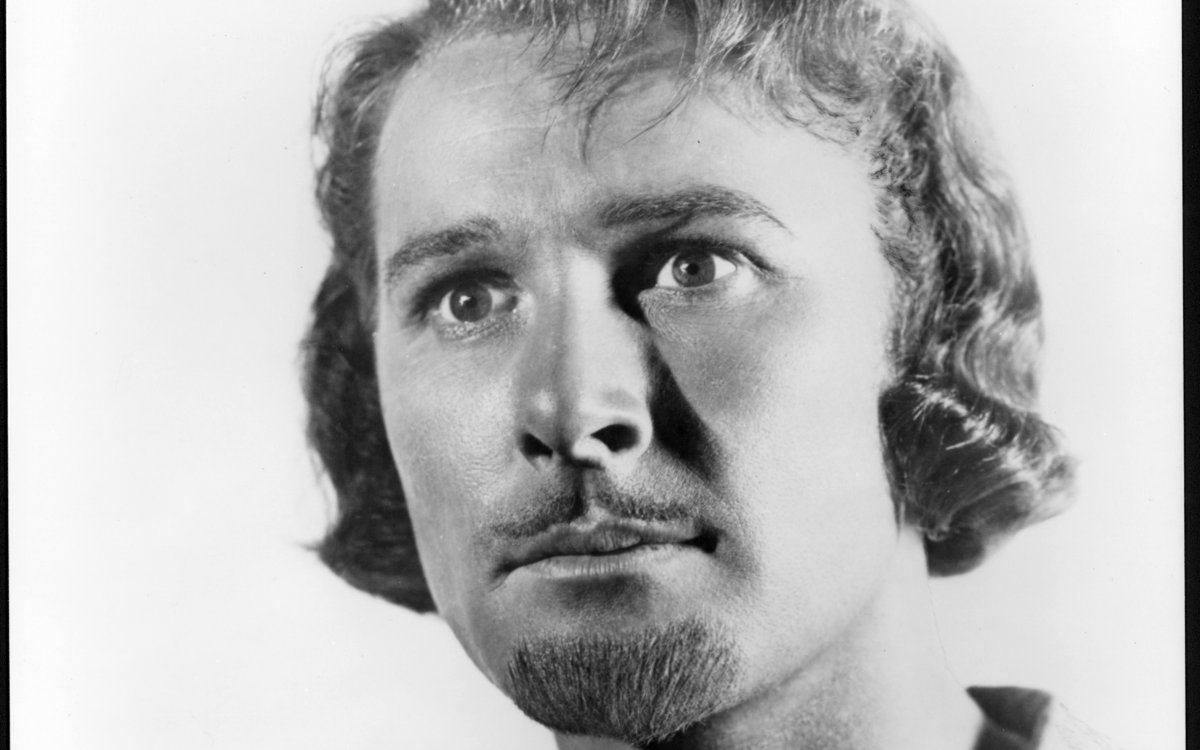
(1937). [Errol Flynn, publicity photograph from one of Flynn's greatest roles, "Robin Hood", 1937] [picture]. http://nla.gov.au/nla.obj-136642513
Errol Leslie Thomson Flynn was an Australian–American actor. Errol was born on 20 June 1909 in Hobart. He achieved worldwide fame during the golden age of Hollywood, sometimes referred to as the period of classical Hollywood cinema, started with the silent movie era and the first major feature-length silent movie called The Birth of a Nation (1915). The golden age of Hollywood ended with the demise of the studio system, the emergence of television, rising costs and subsequent losses ,notably Cleopatra (1963).
Costume
Costume is an integral part of the production of any performance art, even if the costume is simple. Costume is important, as it helps to establish a character, communicate the context or setting of the play and supports the style of the production.
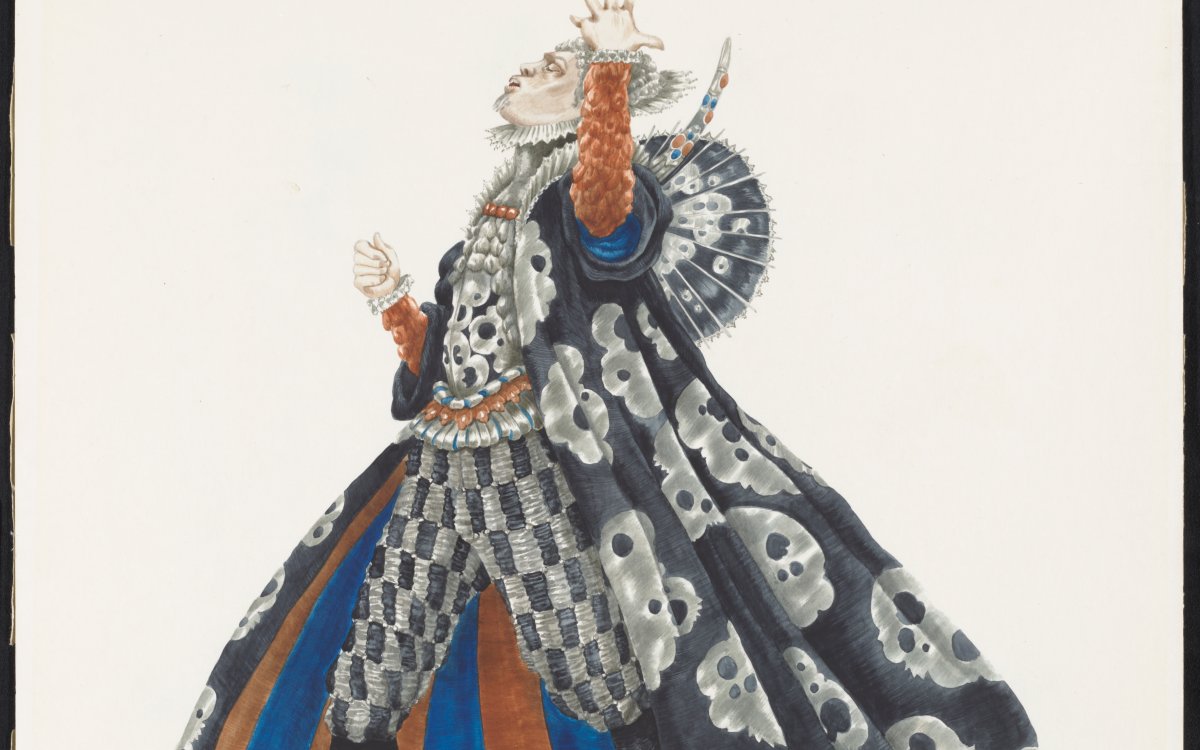
Kristian Fredrikson (1940–2005), Costume design for the Character of the Duke for Melbourne Theatre Company’s Production of The Revenger’s Tragedy, 1975, watercolour, https://nla.gov.au/nla.obj-509653896
Costume designer Kristian Fredrikson had a long association with the Royal New Zealand Ballet, the Australian Ballet and Opera Australia. He designed operas, including Lucrezia Borgia starring Dame Joan Sutherland. He also worked on the 2000 Sydney summer Olympics opening ceremony. His costumes were often elaborate and intricate.
Performance Spaces
Sidney Myer Music Bowl, Melbourne
The Sidney Myer Music Bowl is an outdoor bandshell performance venue in Melbourne, Victoria. It is located in the lawns and gardens of Kings Domain on Lithgow Avenue close to the Arts Centre and the Southbank entertainment precinct. The Music Bowl has hosted many famous productions and is recognisable to many people as the location of the Carols by Candlelight which is broadcast on television at Christmas time.

Sievers, Wolfgang, 1913-2007. (1958). Sidney Myer Music Bowl, opening concert, 1959 (picture] / Wolfgang Sievers. http://nla.gov.au/nla.obj-143588319

Sievers, Wolfgang, 1913-2007. (1959). Sidney Myer Music Bowl, opening concert, 1959 (picture] / Wolfgang Sievers. http://nla.gov.au/nla.obj-143588210
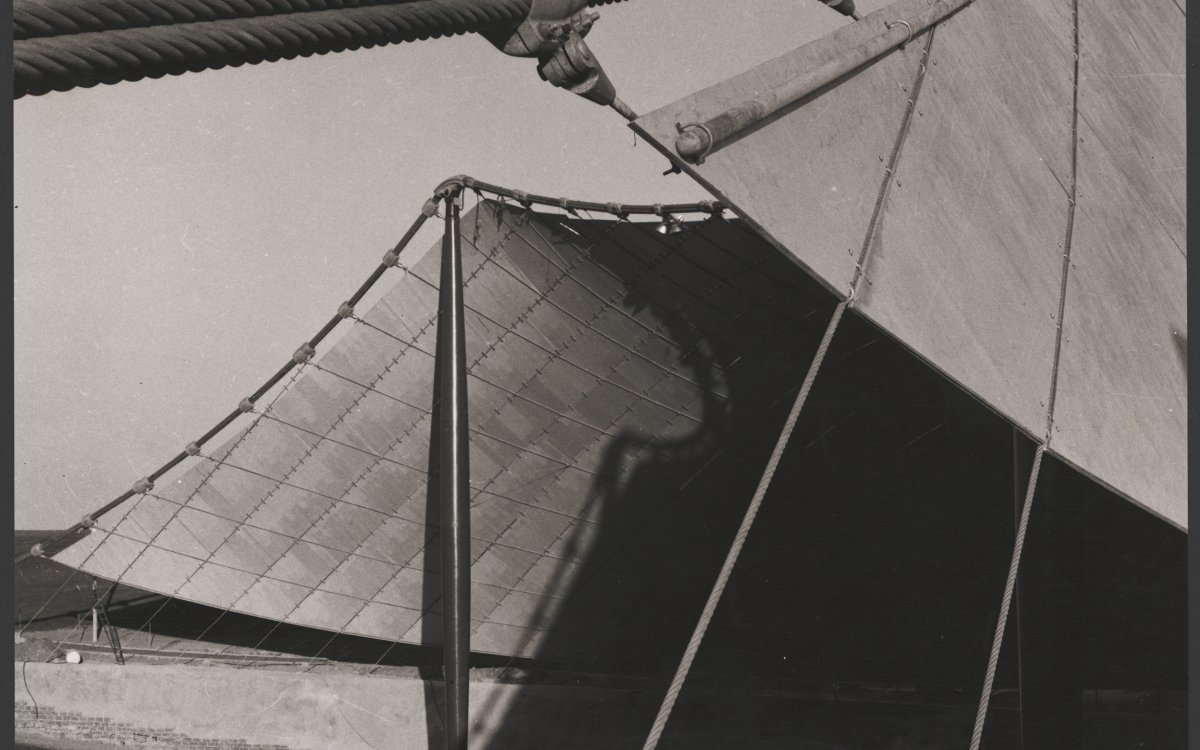
Sievers, Wolfgang, 1913-2007. (1959). Sidney Myer Music Bowl, Melbourne 1959 [picture] / Wolfgang Sievers. http://nla.gov.au/nla.obj-161779923
Sydney Opera House, Sydney
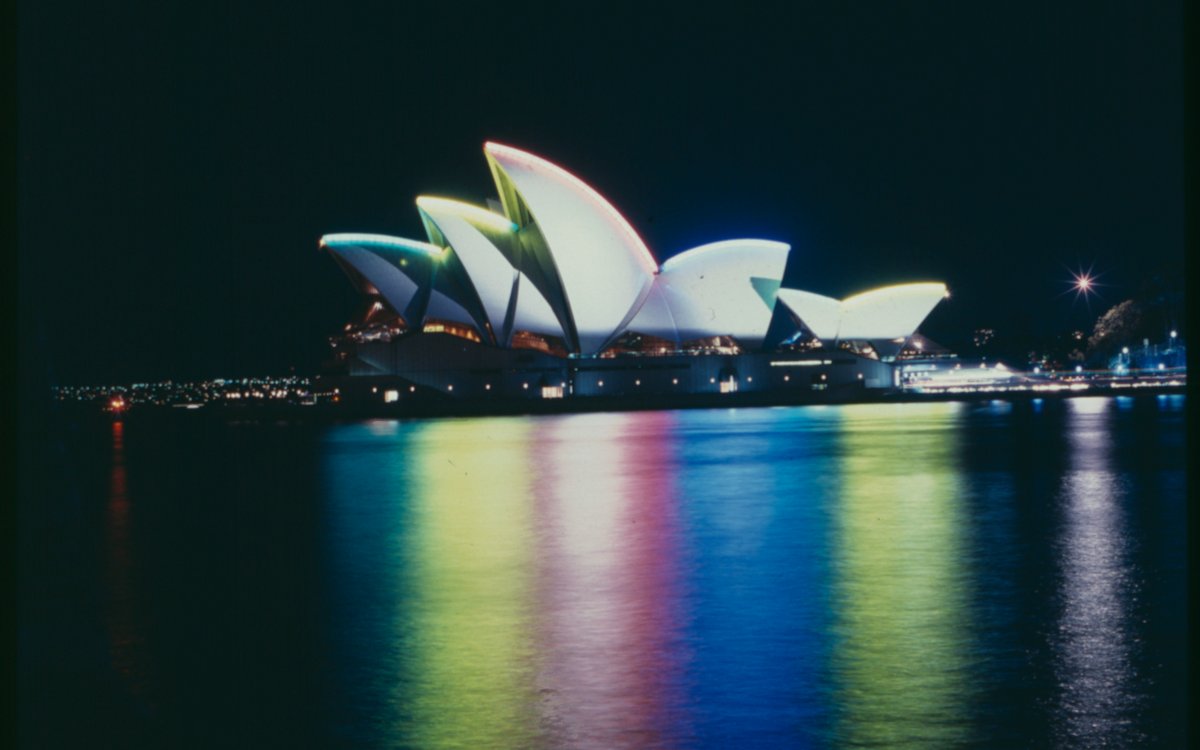
McMurdo, Don, 1930-2001. (1976). [Sydney Opera House at night with coloured lights reflected in the harbour] [picture] / Don McMurdo. https://nla.gov.au/nla.obj-146293595

Seselja, Loui, 1948-. (2000). Sydney Opera House during the Olympic Games, 21 September 2000 [1] [picture] / Loui Seselja. http://nla.gov.au/nla.obj-146066863
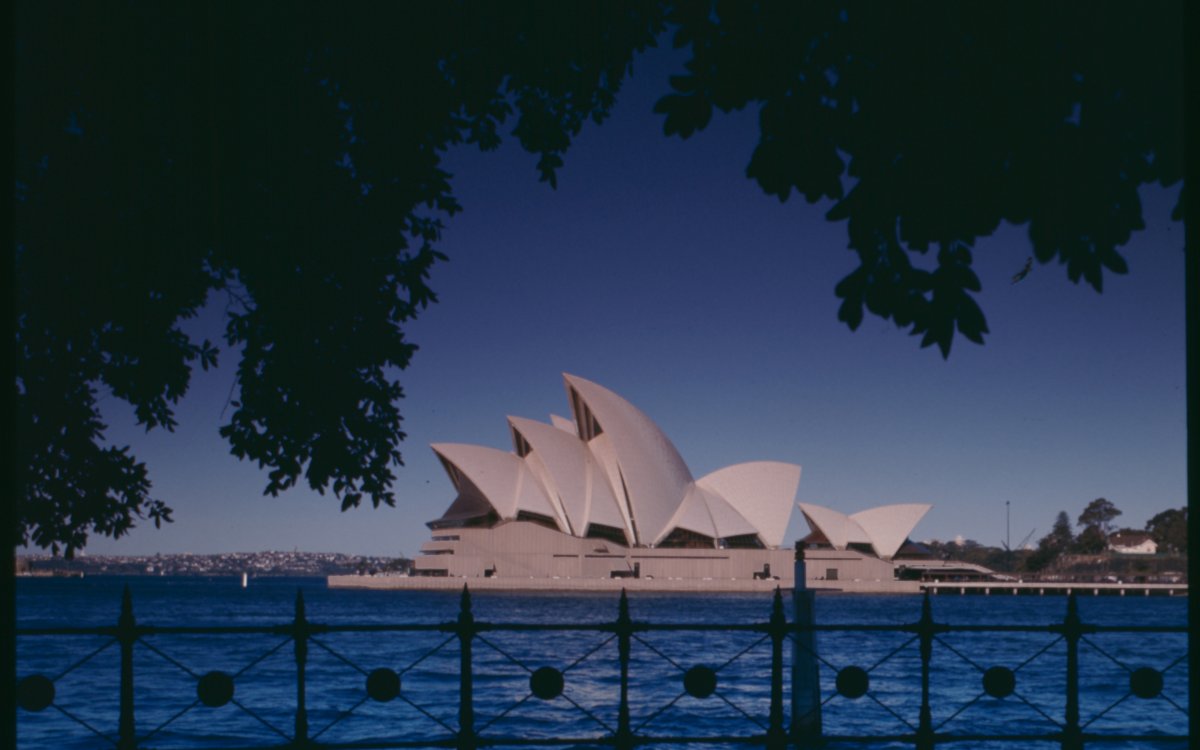
McMurdo, Don, 1930-2001. (1976). [Sydney Opera House] [picture] / Don McMurdo. https://nla.gov.au/nla.obj-146290294
The Sydney Opera House is a multi-venue performing arts centre in Sydney. Located on the shores of Sydney Harbour, it is widely regarded as one of the world's most famous and distinctive buildings and a masterpiece of twentieth century architecture.
In 1957, Danish architect Jørn Utzon (1918–2008) was announced as the winner of an international design competition for a Sydney opera house, to be built at Bennelong Point. Utzon’s design was ahead of its time and he famously is said to have been inspired by peeling an orange and rearranging the segments. From these segments he arranged the now famous sails of the Opera House. Utzon was the lead architect on the project, however it was not smooth sailing. The project ran over time and over budget. After lengthy disputes with the Government, Utzon resigned from the project in 1966 and left the country. He never returned to Australia, so never saw his vision completed. You can learn more about the Sydney Opera house and Jørn Utzon in the Digital Classroom module “Designing the Sydney Opera House”.

Utzon, Jørn, 1918-2008. (1961). [Architects model for the geometry of the Sydney Opera House shells] [realia]. http://nla.gov.au/nla.obj-139591596
Inside the Sydney Opera House
The concert hall is designed for instrumental sound and produces incredible acoustic tones. The concert hall has a total capacity of 2700 people and can accommodate up to 700 people onstage. It is world famous and tours are a popular draw for international visitors.

Sievers, Wolfgang, 1913-2007. (1973). [Interior of the] Sydney Opera House, Sydney [ca. 1973] [picture] / Wolfgang Sievers. http://nla.gov.au/nla.obj-160793330

Sievers, Wolfgang, 1913-2007. (1973). [Stairs inside the] Sydney Opera House, Sydney [ca. 1973] [picture] / Wolfgang Sievers. http://nla.gov.au/nla.obj-160793819
Activities
- Have the students form a basic model of an imaginary performance space in the same way the geometry model of the shells is shown in this module.
- Task the students to write a small dramatic script starting with choices of opening lines. Example could include ‘It was a dark and stormy night’, ‘Who knew where the mystery had begun?’, ‘Are you looking for me?’. Themes relating to the day’s work could be included and connected to the curriculum elaborations.
- Ask students to choose one of their favourite pieces of literature and create a play that captures the meaning of the text and their emotional response to it.






